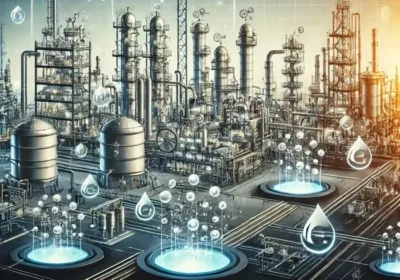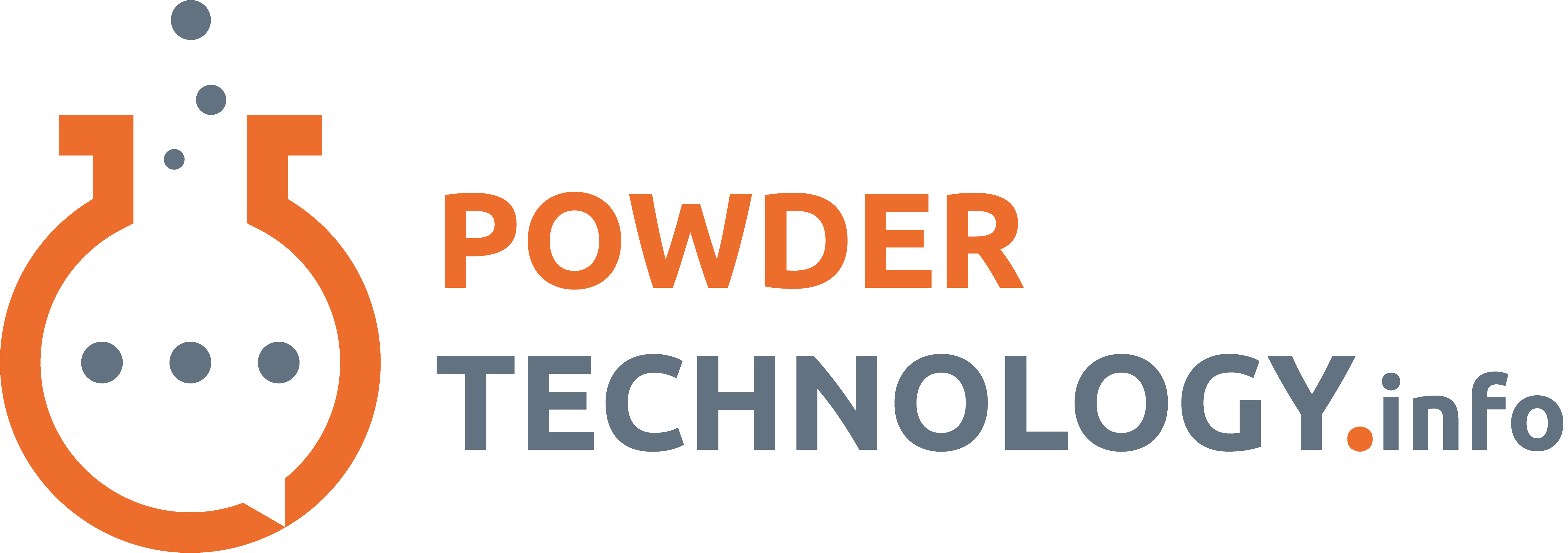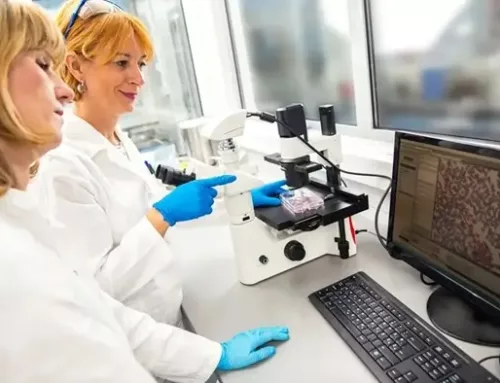

Hydrotreating and hydrocracking are two fundamental processes that define modern oil refining. Together, they transform crude oil into cleaner, higher-value products such as gasoline, diesel, jet fuel, and petrochemical feedstocks. These processes are critical for meeting the increasing demand for energy while adhering to stringent environmental regulations. Their evolution and advancement over the decades have positioned them as indispensable components of refining operations.
A Brief History
The development of hydrotreating and hydrocracking aligns closely with the evolution of the oil refining industry. In the early 20th century, refiners faced growing challenges due to the increasing complexity of crude oil feedstocks. The need to remove sulfur and other impurities became evident as these contaminants caused engine inefficiencies, corrosion, and harmful emissions. Hydrotreating, introduced in the 1930s, provided a solution by leveraging hydrogen and catalysts to remove sulfur, nitrogen, and metals, resulting in cleaner fuels and better engine performance.
Hydrocracking emerged in the mid-20th century as a complementary technology. It was developed to convert heavier, less desirable crude oil fractions into lighter, more valuable products. By breaking down large hydrocarbon molecules under high temperature, pressure, and hydrogen, hydrocracking enabled refiners to maximize fuel yields while addressing the growing demand for high-quality transportation fuels.
The Hydrotreating Process
Hydrotreating is a hydrogenation process that removes unwanted impurities from crude oil fractions. By reacting hydrocarbons with hydrogen in the presence of a catalyst, impurities such as sulfur, nitrogen, oxygen, and metals are eliminated. This improves the quality of the feedstock and prepares it for further refining processes.
Operating conditions for hydrotreating typically range between 300 and 400°C, with pressures of 30 to 150 bar. The process relies on catalysts such as cobalt or molybdenum supported on porous materials like alumina or silica. These catalysts enable reactions such as hydrodesulfurization, hydrodenitrogenation, and hydrodemetallization, which remove impurities and produce cleaner hydrocarbons.
The purified feedstocks generated through hydrotreating are critical for subsequent refining steps, such as catalytic cracking and hydrocracking. By removing contaminants, hydrotreating not only enhances product quality but also extends the lifespan of catalysts used in downstream processes.
The Role of Hydrocracking
Hydrocracking takes hydrotreating a step further by breaking carbon-carbon bonds in heavy hydrocarbons. This process transforms vacuum gas oil and residual oils into lighter products such as gasoline, diesel, and jet fuel. The combination of hydrogen, high pressure (100 to 200 bar), and elevated temperatures (300 to 450°C) creates smaller, more stable hydrocarbon molecules.
Catalysts used in hydrocracking, often blends of nickel and molybdenum, facilitate the conversion of complex hydrocarbons into valuable fuels with improved properties. For instance, hydrocracking enhances octane ratings for gasoline and cetane numbers for diesel while significantly reducing sulfur content. This makes the resulting fuels cleaner and more efficient for combustion.
Feedstocks, Products, and Synergy
Hydrotreating and hydrocracking work in tandem to process a wide range of feedstocks, including vacuum gas oil, atmospheric residue, and heavy crude oil. Hydrotreating removes sulfur and nitrogen impurities, producing cleaner feedstocks, while hydrocracking upgrades these feedstocks into high-quality fuels and valuable petrochemical intermediates.
This synergy maximizes resource utilization, reduces waste, and ensures compliance with environmental standards. The sequential application of these processes enables refineries to produce products that meet modern performance and regulatory demands.
Advancements and the Future
Recent technological advancements have significantly enhanced the efficiency and sustainability of hydrotreating and hydrocracking. Innovations in catalyst technology, such as bifunctional and nanosized catalysts, have improved activity, selectivity, and resistance to coking. These catalysts streamline processes by combining hydrotreating and hydrocracking functions in a single step, reducing energy consumption and operational complexity.
Refining processes are also adapting to handle heavier feedstocks, with technologies like ebullated-bed reactors offering improved performance for challenging inputs. Additionally, the integration of hydrocracking with other processes, such as vacuum gas oil hydrodesulfurization, enables targeted product optimization to meet specific market needs.
The industry is also exploring bio-derived feedstocks and renewable energy sources. By converting biomass and waste oils into transportation fuels, refineries can align with sustainability goals. Modular refining and in-situ upgrading of heavy crudes near extraction sites are other promising innovations that could reshape the industry by reducing costs and environmental impact.
Conclusion
Hydrotreating and hydrocracking are at the heart of modern refining, providing the means to produce cleaner, high-value fuels while optimizing crude oil utilization. Their ongoing evolution reflects the industry’s commitment to efficiency, sustainability, and adaptability. As technology advances and new challenges emerge, these processes will remain essential for meeting the world’s energy needs.




